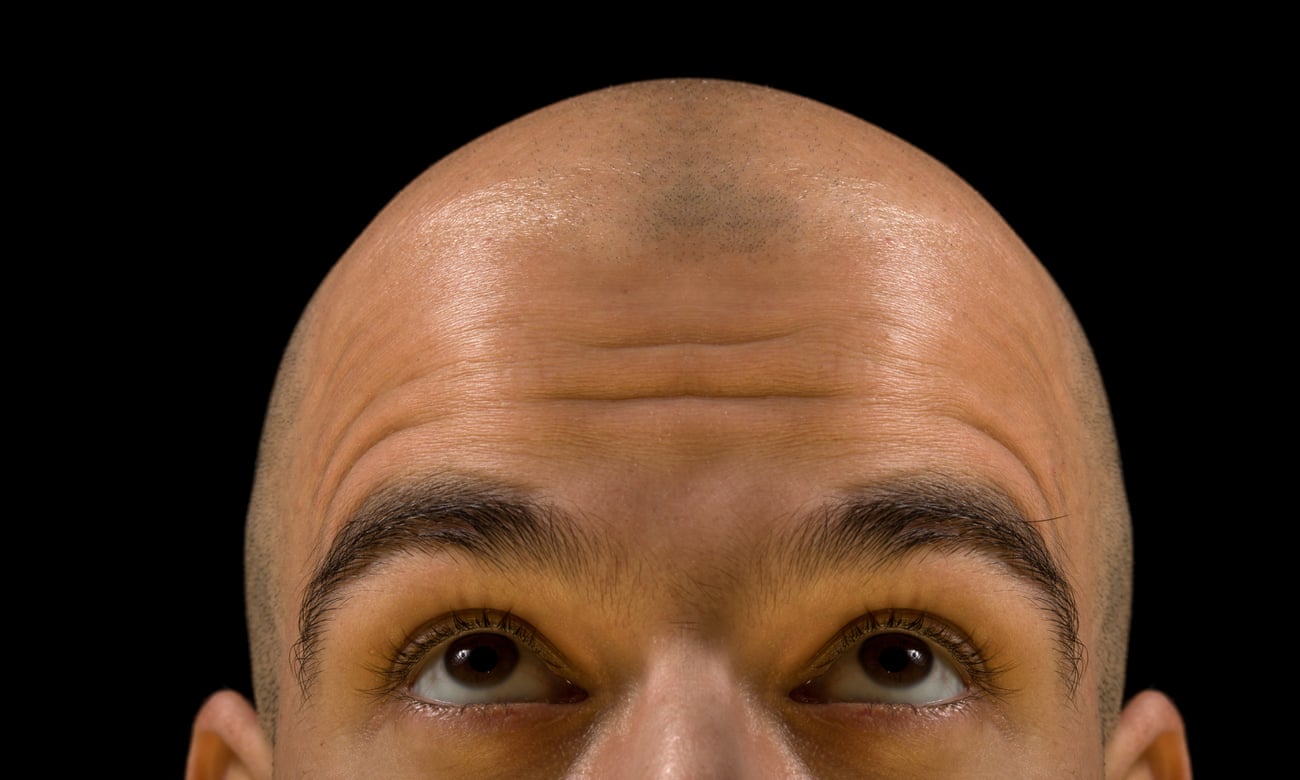by DAVID COX

With increasing evidence of its impact on mental health, scientists are pushing forward with breakthroughs on balding
Has there ever been more pressure to have a full and luscious head of hair? Whether it’s dating app snaps, Instagram selfies, or even that corporate headshot on LinkedIn, maintaining a youthful appearance has become a critical feature of modern life.
Writing in his autobiography, the tennis player Andre Agassi described his hair loss as a young man as like losing “little pieces of my identity”. With such anxieties magnified by the digital world, it’s little wonder that the impact of male and female pattern baldness has been increasingly linked to various mental health conditions.
Dr Coen Gho, founder of the Hair Science Institute – one of the world’s leading hair transplantation clinics with centres in London, Paris, Dubai, Jakarta, Hong Kong, Amsterdam and Maastricht – has little doubt that the different lifestyle choices and pressures that come with millennial existence contribute heavily to concerns around hair loss.
“Young people are more conscious about their appearance than ever before,” he says. “One particular contributory pattern that we’ve seen is that people are having serious relationships much later compared to 20 or 30 years ago. Now men are looking to find a partner in their 30s, which makes male pattern baldness more of a problem, as it tends to begin between the ages of 20 and 25.”
But despite the prevalence of hair loss – male pattern baldness affects approximately 50% of men over the age of 50, while around 50% of women over the age of 65 suffer from female pattern baldness – a drug capable of stopping it in its tracks has so far proven elusive.
The Guardian for more
